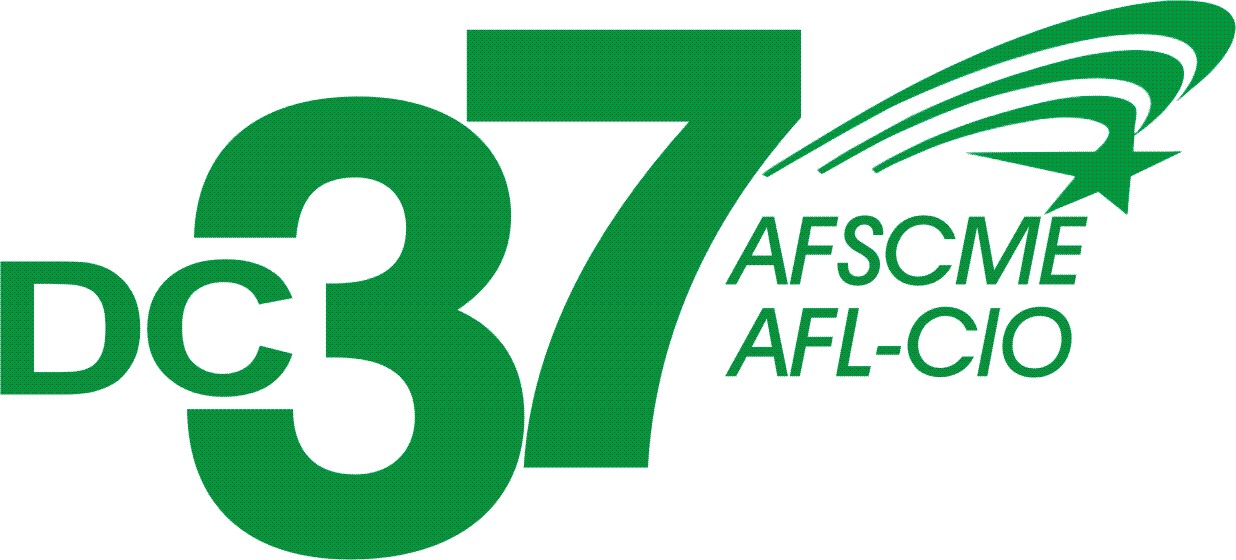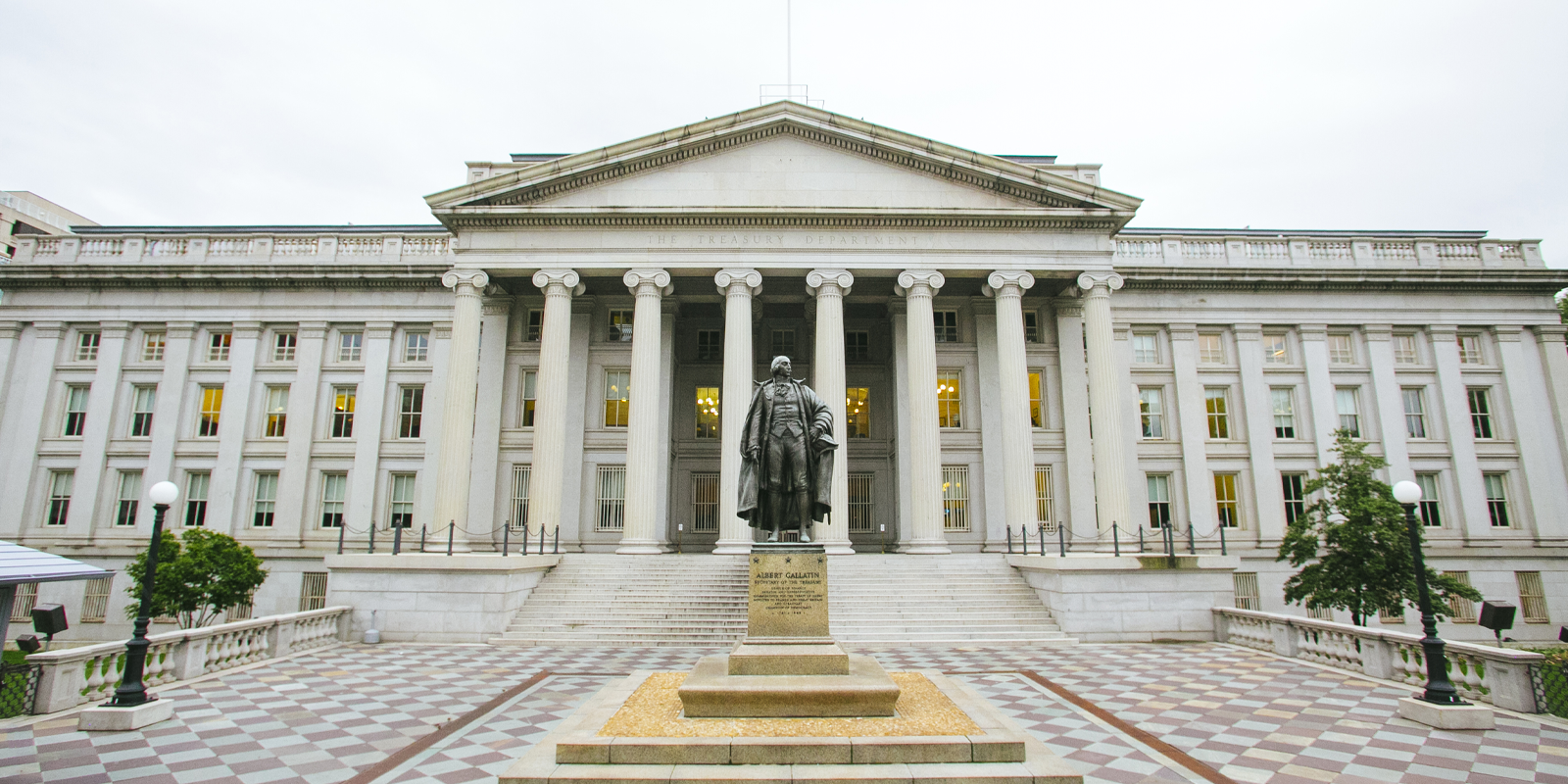A recent Treasury Department report titled, “Labor Unions and the Middle Class,” was the subject of a conversation at the Economic Policy Institute (EPI) that highlighted the role of unions in making the economy stronger.
The report, published earlier this year, is unique for several reasons. As part of the Biden administration’s efforts to expand worker power, it takes a look at the historical data on unions and their impact on the economy since the 1930s, concluding that “a policy of strengthening unions” today could “support broader economic growth.”
Coming from the U.S. Department of Treasury, it is also a reminder of that agency’s broader role in promoting economic growth and the Biden administration’s support for labor unions and for expanding collective bargaining rights for working people. AFSCME has endorsed Biden’s reelection, calling him the “the most pro-worker president of our lifetime.”
The conversation at EPI, which can be viewed on YouTube, featured Laura Feiveson, deputy assistant secretary for macroeconomic policy at the Treasury Department; Rajesh Nayak, assistant secretary for policy at the U.S. Department of Labor; and Heidi Shierholz, president of EPI. It was moderated by EPI Vice President Naomi Walker.
“There’s not a tradeoff between supporting worker bargaining and supporting a strong and robust economy,” said Feiveson, the main author of the report, when asked to identify its main takeaway. “I think that is a really important and not an obvious statement.”
Shierholz, who served as chief economist at the Labor Department during the Obama administration, said there was a time in the economic field when the general belief was that employers and workers had “equal power in the labor market.”
In other words, the belief was that employers couldn’t set wages below the value of the work contributed by workers, or that employers didn’t have the power to suppress workers’ wages.
“I think the field has largely left that general understanding behind,” Shierholz said.
The Treasury Department report, she added, is “an enormous sign” of the shift that has taken place toward recognizing the value of labor unions for workers and their positive impact on the broader economy.
Nayak noted that the report comes at an important time for the labor movement, and recalled that President Joe Biden just weeks ago was on the picket line with members of United Auto Workers (UAW).
Indeed, 2023 has been a year of strong labor activism, coming after a similar 2022, in which some 224,000 workers across the country engaged in 424 work stoppages, according to Cornell University’s Labor Action Tracker.
One of the largest strikes this year, by UAW members seeking a better contract, illustrates the point made by the EPI panel. After the UAW reached an agreement with the Big Three carmakers, other auto companies whose workers are not unionized followed suit in raising wages.
Just this week, Hyundai said it will raise factory worker pay 25% by 2028, matching the general pay increase won by UAW members, according to the Associated Press. And Toyota and Honda will also raise their workers’ wages, announcements that were made after the UAW win.

